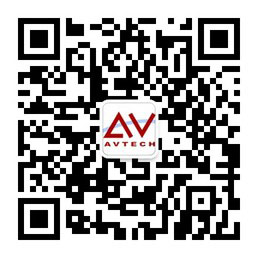设计与实施netapp存储虚拟化系统
课程介绍:
Design and Implement Virtualization on NetApp Storage Systems(DIVS)课程是为从事NetApp与VMware专业技术人员的职业发展而量身定制的高级企业级虚拟化技术课程。
该课程面向能够在多站点大型企业环境中设计VMware解决方案的IT架构师和顾问架构师,要求他们深入了解数据中心设计方法、VMware核心组件以及 这些概念与NetApp存储和网络连接的关系。此外,还应掌握应用程序和物理基础架构,以及它们与虚拟基础架构之间的关系。
本课程包含丰富的动手实验,培训内容涵盖VMware vSphere的安装、配置与管理,包括VMware ESXi和VMware vCenter Server以及VMware SRM产品与DataONTAP结合的配置。
本课程实验基于ESXi 5.1和vCenter Server 5.1以及Data ONTAP8.1
课程对象: 高级虚拟化系统工程师,高级IT架构师,NetApp渠道合作伙伴和最终用户。
课程长度:3天
最新时间:定制课程(内训),人满开班(公开课)
课程大纲:
第一章:Introducing and Positioning VMware vSphere on NetApp Storage- Identify the basic components of vSphere
Describe how data centers are organized and how NetApp can increase storageefficiency
Identify the data-protection, data-replication, and application-recover advantages that NetApp provides
Demonstrate the NetApp unified storage solution and the integration between NetApp and VMware
第二章:Storage Layout and Provisioning
Explain the datastore categories and their applications
Identify the storage I/O control features in VMware
Describe the storage constructs that are provided by vSphere to enhance storage array integration in vSphere
第三章:vSphere Storage Connectivity Part 1- Configure and verify Fibre Channel (FC) and iSCSI connectivity
Configure and verify NFS Storage connectivity
Configure and verify NetApp storage for the virtual infrastructure
Configure and verify IP and FC infrastructures
第二天:
第四章: vSphere Storage Connectivity Part 2
Describe multiple path implementation with iSCSI connectivity for VMware vSphere and NetApp systems
List the features of the VMkernel and of ESXi 5.0 and explain how the features affect I/O
Identify best practices in regard to Ethernet storage designs and explain how best practices change when vSphere is used
第五章:Creating, Migrating and Cloning Virtual Machines
Identify permanent and transient data in a VMware environment
Describe the reasons why virtualized disks are misaligned
Use alignment tools such as the NetAppmbraligh tool and Microsoft Windows DiskPart to fix the issues
Create virtualized systems with correctly aligned disks
Verify that newly created disks have been properly aligned
Explain how to migrate virtual machines (VMs)
Provision VMs using the NetApp Virtual Storage Console (VSC) provisioning and cloning plug-in
Describe the use of VMware View and its integration point with the VSC provisioning and cloning plug-in
第三天:
第六章:Optimizing the Virtual Infrastructure
Describe the sizing process used when designing a VMware environment
Describe NetApp data deduplication in a virtualized environment
Expand the VMware Virtual Machine File System (VMFS) and NFS data stores
List NetApp thin provisioning and space guarantee considerations
第七章:Protecting the Data- Describe the issues that you may encounter with data protection in a virtualized environment
Identify the features of NetApp backup and restoration in virtualized environments
Identify the benefits, and features of VMware Site Recovery Manager (SRM), how to install it, and what configurations it supports
Identify supported storage protocols, supported replication technologies, and adapter version dependencies for SRM

